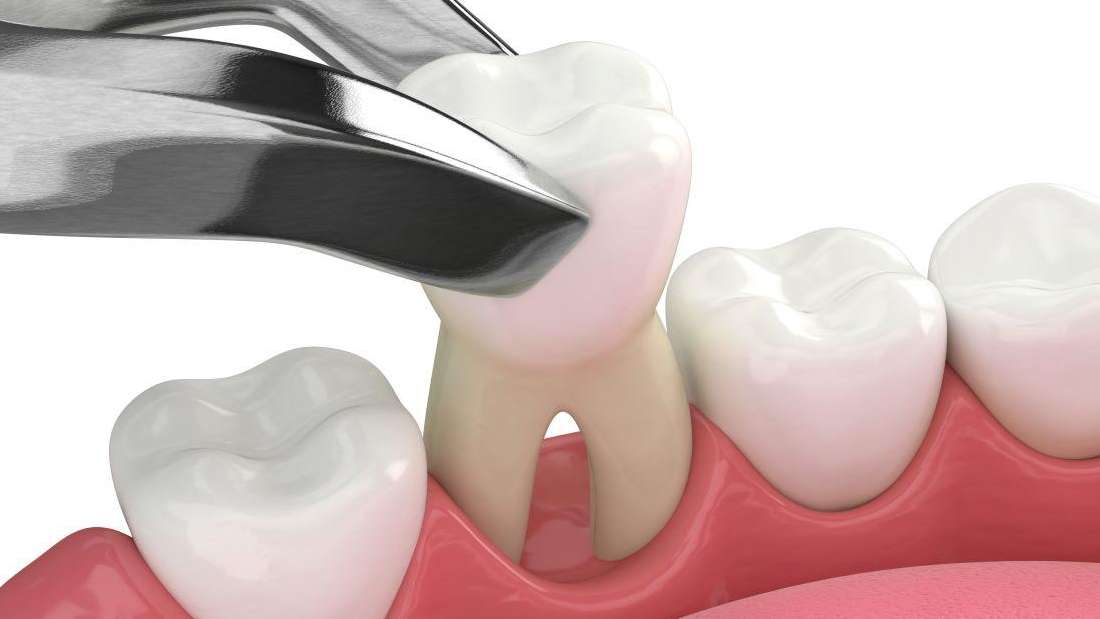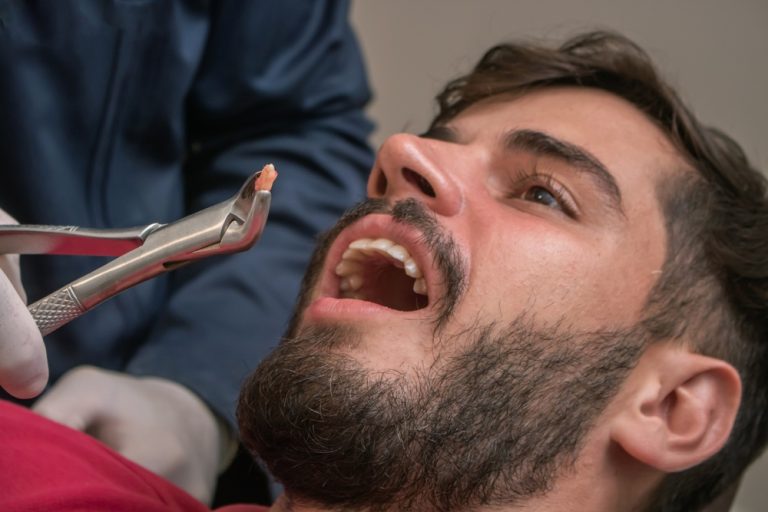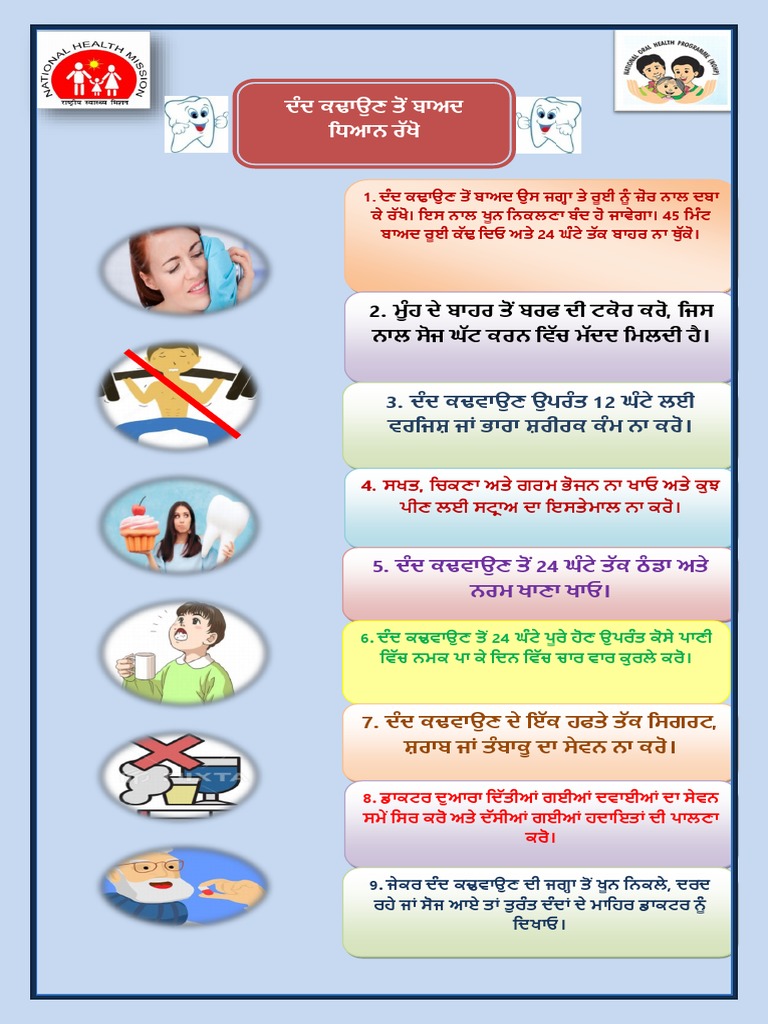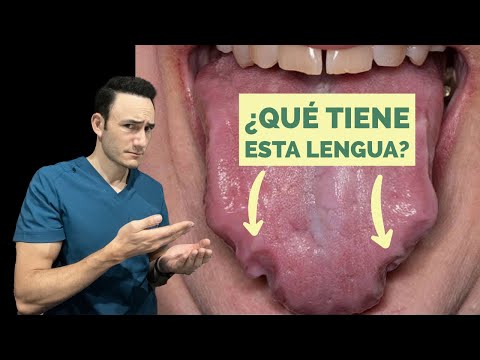When Will Blood Clot Dissolve After Tooth Extraction? Recovery Tips

The process of blood clot dissolution after tooth extraction is a critical aspect of the healing process. Understanding the timeline and factors that influence this process can help individuals prepare for a smooth recovery. A blood clot forms at the extraction site to protect the bone and nerve endings, and its dissolution is a natural part of the healing process.
Typically, the blood clot begins to dissolve and is replaced by granulation tissue within 3 to 4 days after the tooth extraction. However, the complete dissolution of the clot and the formation of new tissue can take anywhere from 7 to 14 days. It’s essential to note that the healing process can vary significantly from person to person, depending on factors such as overall health, the complexity of the extraction, and post-operative care.
Several factors can influence the rate at which the blood clot dissolves and the tooth socket heals. These include:
- Age and overall health: Older individuals or those with underlying health conditions may experience slower healing times.
- Smoking and tobacco use: Smoking can significantly delay the healing process by reducing blood flow to the affected area.
- Nutrition and diet: A diet rich in vitamins and minerals, particularly vitamin C and calcium, can support the healing process.
- Oral hygiene and care: Maintaining good oral hygiene and following post-operative instructions can help prevent complications and promote healing.
To support the recovery process and ensure the blood clot dissolves naturally, individuals can follow these recovery tips:
Step 1: Follow Post-Operative Instructions

Your dentist or oral surgeon will provide specific instructions to follow after the tooth extraction. These instructions may include guidelines on pain management, dietary restrictions, and oral hygiene practices.
Step 2: Maintain Good Oral Hygiene

Gently brush your teeth with a soft-bristled toothbrush, avoiding the extraction site. You can also use saltwater rinses to keep the area clean and reduce the risk of infection.
Step 3: Apply Cold Compresses
A cold compress can help reduce swelling and ease pain. Apply the compress to the affected area for 15-20 minutes at a time, with 30 minutes of rest in between.
Step 4: Eat Soft Foods
Stick to a soft food diet for the first few days after the extraction, avoiding hot, spicy, or hard foods that can dislodge the blood clot.
Step 5: Stay Hydrated

Drink plenty of water to keep yourself hydrated and support the healing process.
In some cases, individuals may experience complications that can affect the blood clot’s dissolution and the healing process. These complications can include:
- Dry socket: A condition where the blood clot is dislodged or fails to form, exposing the bone and nerve endings.
- Infection: Bacterial infection can occur if the extraction site is not properly cleaned and maintained.
- Prolonged bleeding: Excessive bleeding can be a sign of underlying health issues or complications with the extraction.
If you experience any unusual symptoms, such as severe pain, swelling, or bleeding, it’s essential to contact your dentist or oral surgeon for guidance and support.
What can I do to promote blood clot formation after tooth extraction?
+To promote blood clot formation, follow your dentist's instructions, apply gentle pressure with gauze, and avoid strenuous activities, smoking, and drinking through a straw.
How long does it take for the tooth socket to heal completely?
+The complete healing of the tooth socket can take anywhere from 3 to 6 months, depending on individual factors and the complexity of the extraction.
What are the signs of a complication after tooth extraction?
+Signs of complications can include severe pain, swelling, prolonged bleeding, fever, or difficulty swallowing. If you experience any of these symptoms, contact your dentist or oral surgeon immediately.
In conclusion, the dissolution of the blood clot after tooth extraction is a natural part of the healing process. By understanding the timeline, factors that influence healing, and following recovery tips, individuals can support their recovery and minimize the risk of complications. If you have any concerns or questions, it’s always best to consult with your dentist or oral surgeon for personalized guidance and care.

